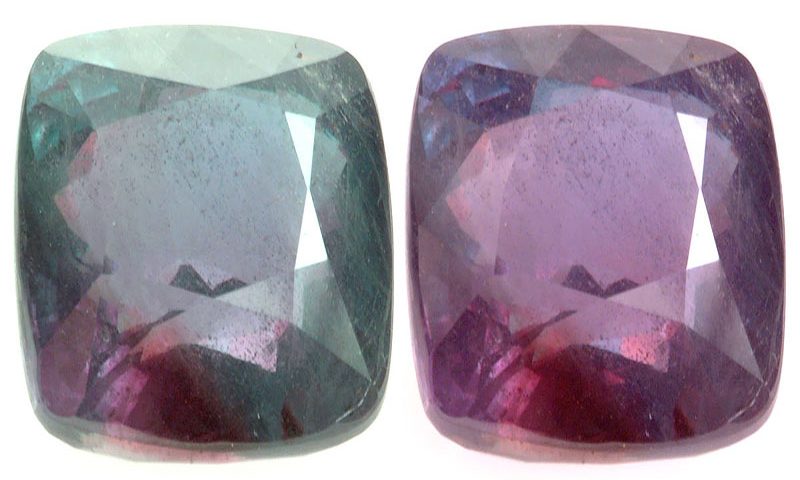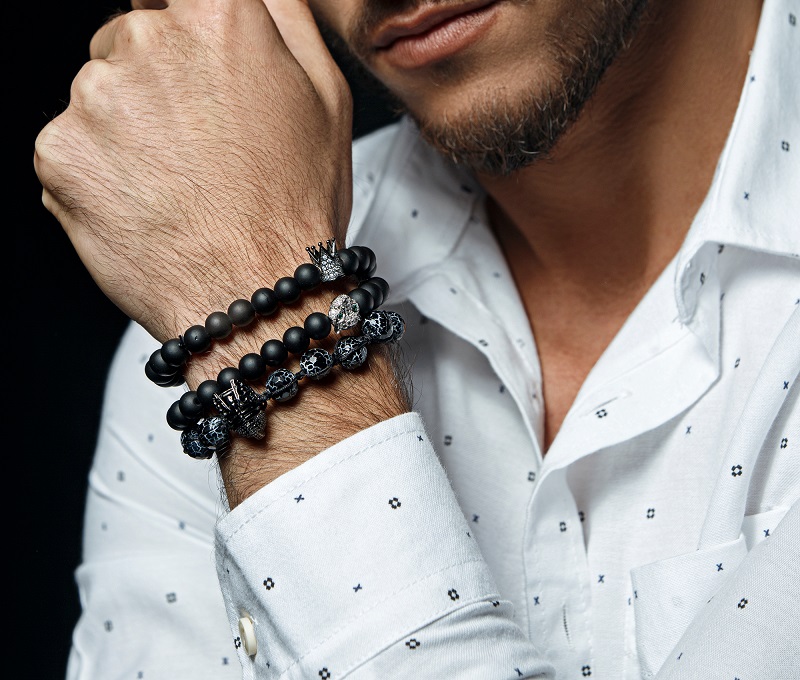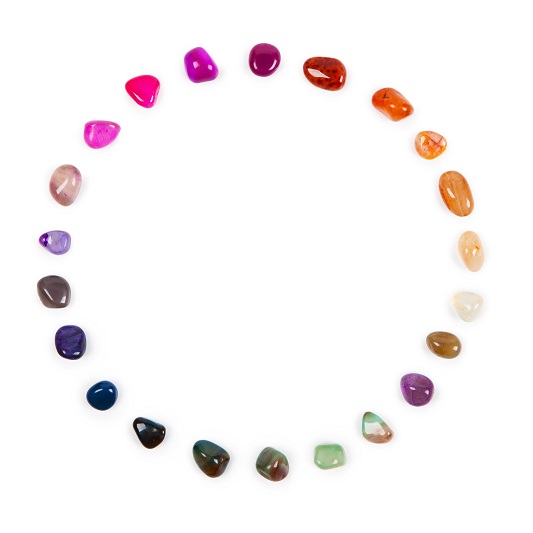Gemstone of the Week: Alexandrite

Jewellery or Candy? The House of Bulgari
1st September 2017
Pearl Jewellery and High Society
1st September 2017Alexandrite, a variety of the mineral, chrysoberyl, is known today as one of the worlds rarest, and consequently most valuable precious gemstones. Due to its scarcity, especially when it comes to larger sizes, the stone is an incredibly expensive purchase for any high-end jewellery lovers out there. Along with pearl and moonstone, Alexandrite shares the title as the birthstone for the month of June. In this article we will explore Alexandrite in more detail, taking a look at the properties of the sought after mineral, ways to identify the substance, and the potential healing properties that the stone is thought to offer.
How to Identify Alexandrite
Alexandrite, a rare variety of the mineral, chrysoberyl, is best known for its colour changing ability, resulting in the stone often being referred to as “emerald by day, ruby by night”. This unique quality makes the gemstone fairly easy to identify against others. Appearing a bright green colour in daylight, or fluorescent light, then adapting to a purplish red in light sources from a lamp, or candle flame, Alexandrite changes colour as a result of the complicated way the stone absorbs light. Although it is not uncommon for other gemstones to adapt in colour in response to different lights, Alexandrite’s change is so vivid and intense, that when other gems do change colour, the process is often referred to as “the alexandrite effect”. As well as being highly reactive to changes in light source, the gemstone is known as a pleochroic gem, meaning that it can also be seen as different variant’s of colour when viewed from different directions. Although the stone may appear to switch between the colours of green, orange and purple when viewed from various different directions, the famous colour change the stone is known for, is not caused by its pleochroism.
Different Colours and Types of Alexandrite
As mentioned previously, the chrysoberyl mineral is famous for its colour changing properties, meaning that the stone appears different colours, depending on the light source. As the same stone is constantly appearing various different shades of green, red, purple and even brown, it’s next to impossible to distinguish whether any two stones are the same, natural colour.
Although some Alexandrite used in jewellery today is completely natural, synthetic forms of the gemstone are becoming increasingly popular, due to the incredible rarity of the stone in its naturally occurring form. The precious gem is only able to form when aluminium and beryllium combine, with trace elements such as iron, titanium, and most important of all, chromium. Due to the chromium element being so scarcely available, it’s only on an incredibly rare occurrence that all the necessary components are found together. Due to the rarity of the stone, during recent years the gem’s value, in its natural form, has absolutely skyrocketed.
Due to the natural stone being so hard to come across, Alexandrite is often synthetically produced today. Although the stone is still technically a real Alexandrite, it has been created using a hydrothermal lab, making the product synthetic. Although the stone has the same chemical properties as natural Alexandrite, synthetic forms of the stone often appear more blueish purple, than the natural green.
Where is Alexandrite Found?
First coming to light in the 1800s, Alexandrite was discovered in Russian Emerald mine, close in location to the Tokovaya River. The rare and expensive gemstone was named after the Tsar Alexander II, due to first being discovered on her birthday. When Russian miners first stumbled across the precious gem in the emerald mines, they collected the mineral mistaking it for emerald, due to its beautiful green appearance. On returning home, the miners found that by the light of the fire, the stones had completely changed in colour, appearing brownish purple instead. In that moment, it was realised that an extraordinary new gemstone had been discovered.
Though initially found in Russia, Alexandrite has now also been discovered in countries including Brazil, India and New Mexico. Today, it is believed that there is no longer any Alexandrite in the Russian mines, after it all being extracted during the 19th century. Although still present in India, the mines in this geographical location are far from idyllic to visit, due to the tribes living there being incredibly superstitious, proving extremely unwelcome to visitors. If interested in obtaining Alexandrite from India today, it would be necessary to pay a visit to a ‘Tribal elder’, who for a fee, would obtain a small amount of the natural stone for you.
Alexandrite can also be found in certain areas of America, including in the La Madera Mountains, New Mexico. Containing a group of mines, these mountains have been known to occasionally house small amounts of the sought after gemstone. To search for the stone in these areas, however, a rock hunting permit may be deemed necessary. Although the unique colour change of the precious stone makes it easy to spot, it’s incredibly rarity means that it in today’s day-and-age, the stone is hardly ever found.
Healing Properties of Alexandrite
Often considered as a stone of longevity and affluence, Alexandrite is thought to boast a wide variety of healing properties, affecting the body both physically, and mentally. With the ability to pacify and balance the mind, the precious stone is said to give the body emotional strength, helping in times of anger, anxiety, and depression. The magical, chameleon like property of the stone, determines the health of a person by changing in colour; if the gemstone is kept on a person, it can be used to gauge their overall physical health, the shift in colour notifying them of any problems arising throughout the body. Various other health benefits are believed to occur when owning a piece of Alexandrite, including purified and improved blood flow, gained through the strengthening of the blood vessels.
Like most gemstones, Alexandrite is often used as an aid to heal and re-balance Chakras around the body. Most commonly, the stone is used for healing the seventh Chakra, known formally as the “Sahasrara”, which is located on the crown of one’s head.
In Summary
Whether you are interested in Alexandrite as a piece of gemstone jewellery, admiring it for the beautiful colour changing qualities it holds, or you’re thinking about using the stone for its healing properties in helping to calm the body and mind, the incredible gemstone boasts so many qualities, making it one that everybody should get their hands on, if possible.




